#1990s
Junkyard Find: 1990 Daihatsu Charade SE Hatchback
Daihatsu is one of the oldest motor-vehicle manufacturers in Japan, though it's now a division of that relative newcomer, Toyota. On the streets of Japan today, you'll see Daihatsu kei cars and trucks everywhere (including such fine models as the Taft, Canbus, and Thor), but Daihatsu's foray into the North American market didn't go so well. When I saw a Daihatsu appear in the online inventory of an independent self-service yard south of Denver a couple of months back, I hopped in my kei van and got right over there to document it.
Junkyard Find: 1994 Subaru Loyale 4WD Wagon
Junkyard Find: 1992 Ford Crown Victoria LX
Since we admired a 1993 Mercury Grand Marquis as last week's Junkyard Find, it makes sense to follow that up with its near-identical Ford sibling: an early-production 1992 Ford Crown Victoria.
Rare Rides Icons, The Nissan Maxima Story (Part VII)
Unlike its third generation which had the upmarket sporty sedan segment largely to itself, when the fourth generation Maxima (A32) arrived in 1995 there were numerous new competitors from all directions. In its home market, the American-centric Maxima faded away and was replaced by the more internationally flavored Cefiro. Notably, the Cefiro wore Infiniti I30 styling in advance of its North American debut. In addition to the handful of variants for other markets like the Maxima QX and QX (which both wore Cefiro clothes), the A32 Maxima was also transformed into a very important car for the Korean market. Let’s talk about some business deals.
Junkyard Treasure: 1993 Mercury Grand Marquis LS
Ford introduced a newly rounded Crown Victoria on the late-1970s-vintage Panther platform for the 1992 model year, and the Mercury Division was right there—as it so often was, from the very beginning in 1939—with a Mercurized version. The 1992-1997 Grand Marquis has become a rarity in the big self-service car graveyards I frequent, so I decided that this worn-out '93 deserved to be documented for this series.
Rare Rides Icons, The Nissan Maxima Story (Part VI)
It turned out that 1994 was a high point for the Nissan Maxima. The third-generation sedan was just about the ideal mix of driving dynamics, quality, luxury, and whiz-bang tech features. It was offered in well-equipped GXE trim for lovers of comfort, and sportier SE for Sports Enthusiasts (or something). After its introduction for the 1989 model year, Nissan made relatively few changes to its impressive sedan.
Sales were around 100,000 units in its first two years, and then around 85,000 for the next two years. But in its final model year of 1994 the third gen’s sales nearly doubled, to 163,138. It was time for a new Maxima in 1995. It was a generation that branched out to become other interesting vehicles but also started the model’s decline.
Rare Rides Icons, The Nissan Maxima Story (Part V)
The new third-generation (J30) Nissan Maxima went in a bold new direction from its predecessors. Larger, more luxurious, more technologically savvy, and better made than the first two, the third Maxima was the first to cater to the North American market. The Maxima’s sudden transformation was so complete that it diverged from its former sibling the Bluebird to become an entirely separate model. First up today, we consider 4DSC styling.
Rare Rides Icons, The Nissan Maxima Story (Part IV)
After its short-lived first generation outing as a rear-drive car from 1981 to 1984, the PU11 Maxima of 1985 adopted the front-engine, front-wheel drive format the Maxima kept permanently. But that wasn’t the only precedent set by the PU11, as Nissan decided to move forward with V6 engine configurations and leave the inline-six in the past.
The addition of the sporty SE trim with its monochromatic details, and fancy electronic options like a Sonar Suspension System were both indications of where Nissan was headed with the Maxima. It was a sportier and more interesting direction than its stiffest competition, the staid and conservative rear-drive Cressida. Sales showed what buyers preferred, as the Maxima outsold the Cressida many times over throughout the mid-Eighties. And at the end of the decade, Nissan gave customers more of what they wanted with the very first 4DSC, a four-door sports car.
Junkyard Find: 1993 Suzuki Sidekick JX Four-Door Hardtop
The General began selling rebadged Suzukis on our shores for the 1985 model year, with a Chevrolet-badged Cultus called the Sprint. A few years later, GM's Geo brand came into being, with the Cultus becoming the Metro and the Escudo aka Vitara, rolling into Geo dealerships bearing Tracker badging. Meanwhile, Suzuki began selling its own versions of both vehicles here, with the Tracker's sibling known as the Sidekick. Here's one of those trucks, a rusty '93 in a Denver car graveyard.
Rare Rides: The 1996 Toyota Classic, Truck-based Throwback
Today’s Rare Ride is brought to you by a Tweet that featured today’s subject and was the exact moment your author became aware of its existence. Released in the Nineties prior to the American retro styling craze, the Classic was a limited edition sedan sold only to Japanese customers. Curious yet?
Rare Rides Icons: The History of Kia's Larger and Full-size Sedans (Part X)
As we return to the history of Kia’s large sedans, we find ourselves in the midst of the 2010s. When the full-size and rear-drive K900 was introduced for the 2015 model year, Kia’s front-drive comfort option, the K7 (Cadenza to you), was in the midst of its first generation. A replacement for the unloved and ugly Opirus (Amanti to North Americans), the K7 ushered in sophisticated but bland Euro-centric styling from Peter Schreyer upon its launch in 2010.
Cadenza didn’t make its way to the North American market until 2014, and debuted with slightly sharper styling and a nicer interior via a mid-cycle refresh. Kia took its time in bringing the Cadenza to the North American market, as they wanted to be sure they got it just right.
In the end, the first Cadenza fell between the soft rock of the Lexus ES and the hard place of the Nissan Maxima. Additionally, it lacked the prestige to compete with other large front-drive upmarket offerings of the time. The new cadenza lasted only three model years in North America, as Kia was ready for an all-new generation K7/Cadenza in 2017.
Abandoned History: Ford's Cruise-O-Matic and the C Family of Automatic Transmissions (Part VI)
Rare Rides Icons: The History of Kia's Larger and Full-size Sedans (Part IX)
It’s time once again for more Kia large sedan goodness. Like last time, we pick up in the early 2010s. Kia’s second full-size sedan developed under Hyundai’s controllership was the K7, or Cadenza in all markets outside South Korea. Pitched as a value-priced premium front-drive car, it competed against the likes of the Toyota Avalon and Nissan Maxima, but lacked any defined comfort or sporty characteristics. Cadenza also had a bland corporate design courtesy of the company’s new Euro-like styling mission, and former VW designer Peter Schreyer.
Shortly after the Cadenza went on sale, Kia turned its sights toward an even larger sedan: A new rear-drive one to occupy the luxury space, a class above the Cadenza. It was the largest car Kia offered in nearly two decades, the first rear-drive Kia since the (Mazda Sentia) Kia Enterprise of 2002, and the first rear-drive sedan Kia ever sold in the North American market. It’s time for K9.
Abandoned History: Ford's Cruise-O-Matic and the C Family of Automatic Transmissions (Part V)
We resume our Ford Cruise-O-Matic transmission coverage today, as the original two- and three-speed automatics of the Fifties transition into the new C family. C transmissions were designed to be lighter (aluminum) and more efficient than their cast iron predecessors. The wonder of alloys!
In our last entry, we covered the first two C transmissions, the C4 (1964-1981) and C6 (1966-1996). Since we’re proceeding chronologically, we step back to Cruise-O-Matic for a moment, and a mix-and-match transmission: FMX.




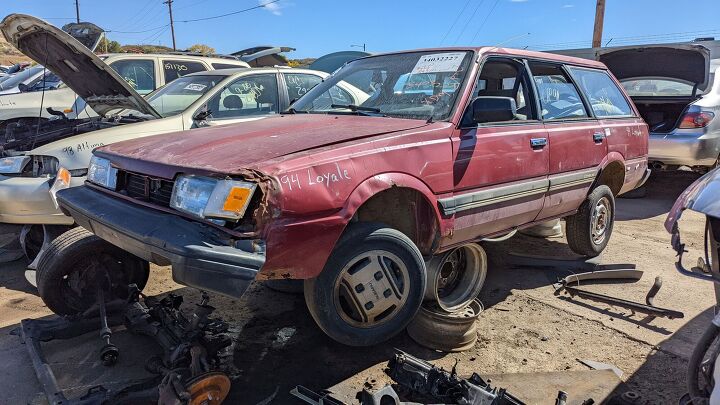

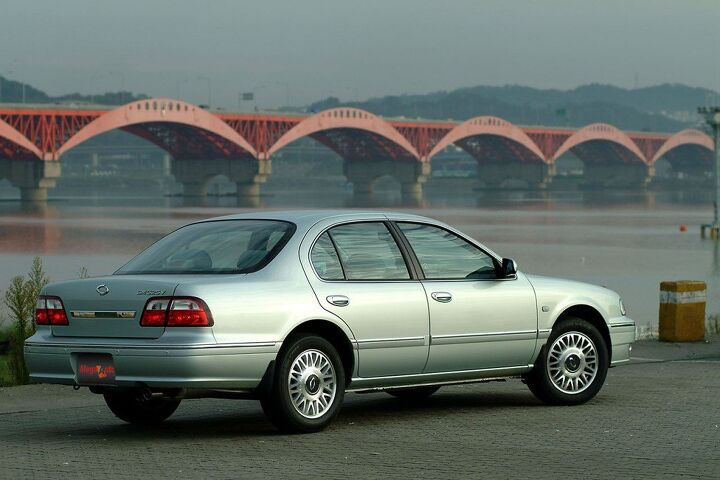


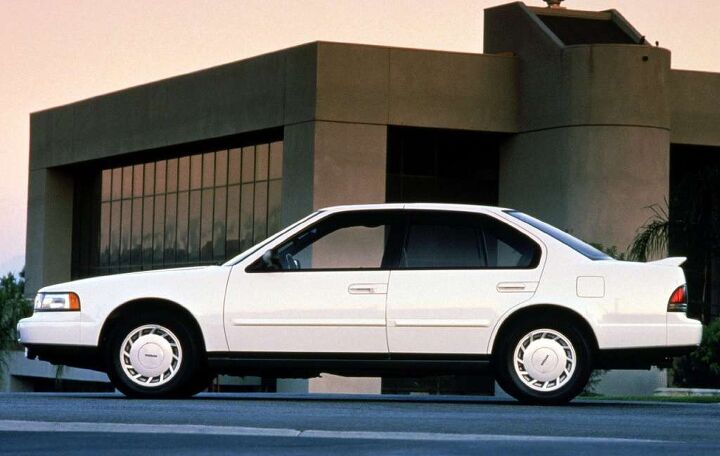
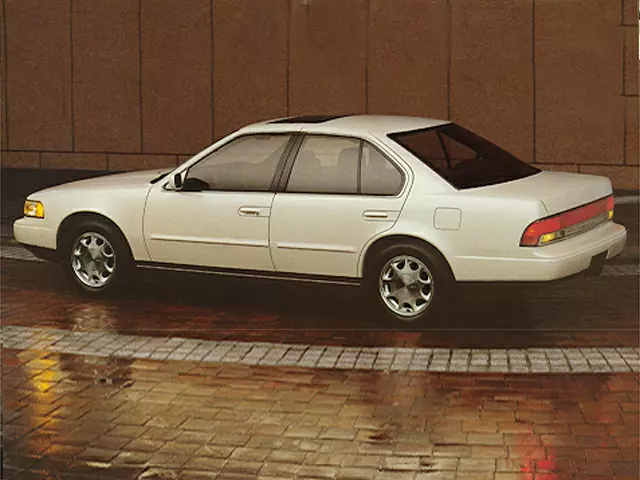

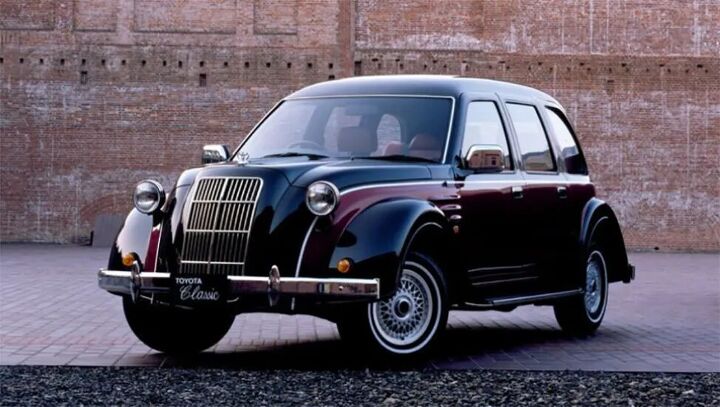
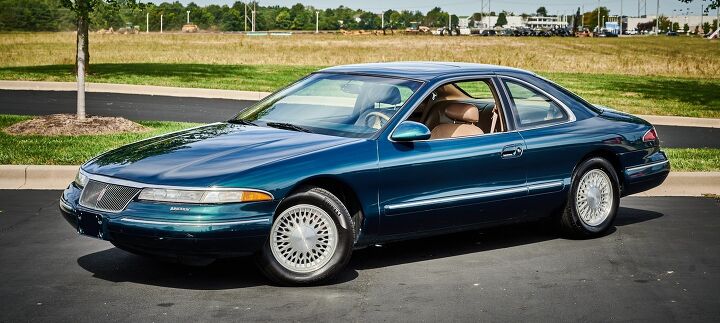
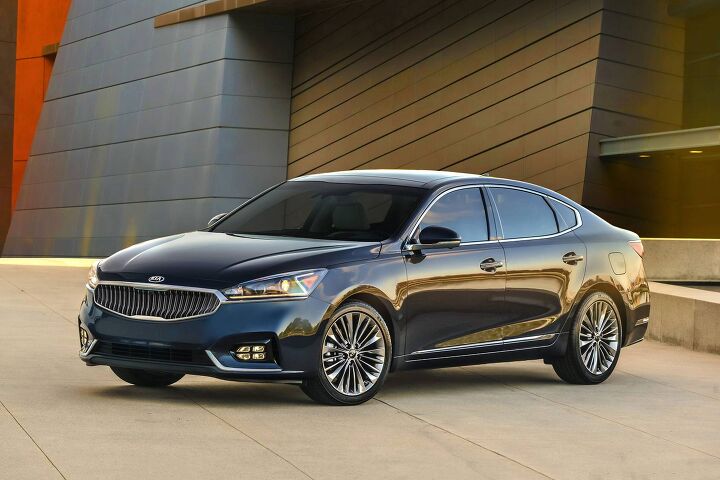


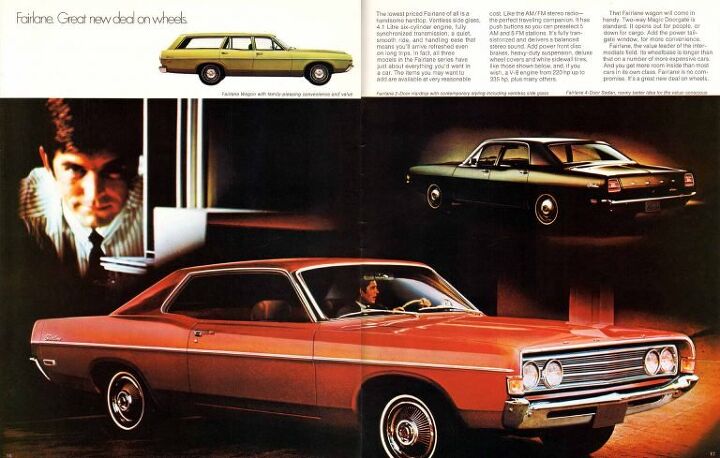












Recent Comments